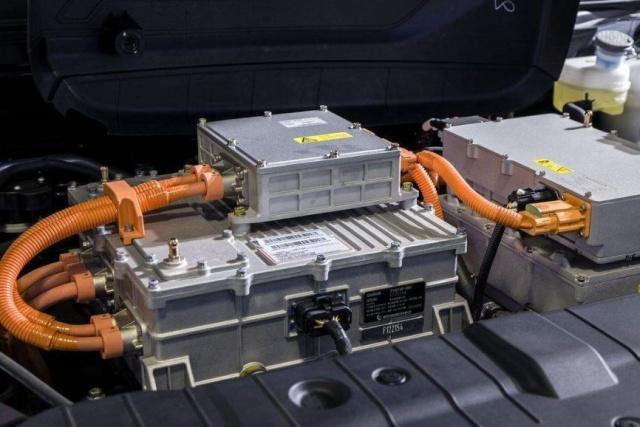
Position:Home > News > Application
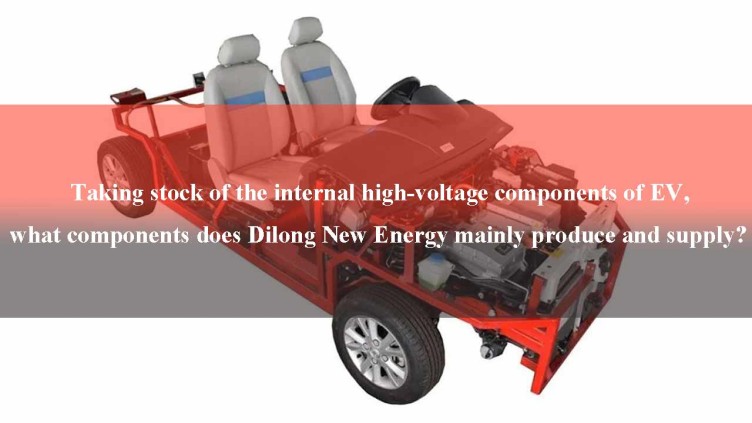
New energy electric vehicles are becoming more and more common nowadays. Many car owners and people who are about to buy electric vehicles,and don’t know what high-voltage components are inside them. This article will take stock of them for everyone.
In electric vehicles, the components with high voltage include power battery, drive motor, high voltage distribution box (PDU), electric compressor, DC converter (DC/DC), on-board charger (OBC), PTC heating Devices, high-voltage wiring harnesses, etc.
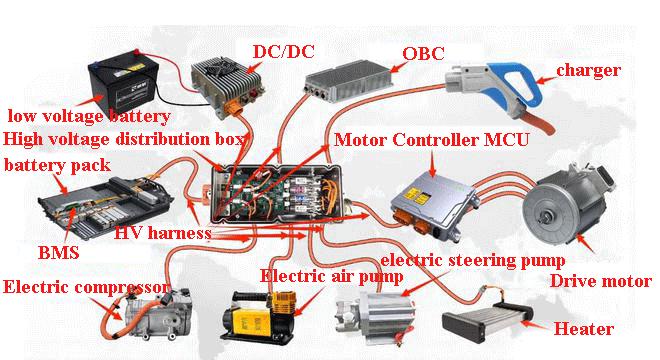
These components constitute the high-voltage system of the vehicle, in which the power battery, drive motor, high-voltage control system and onboard supply assembly are the core components of the electric vehicle.
Unlike traditional fuel vehicles, electric vehicles are powered by power batteries rather than fuel engines.
Pure electric vehicles directly use electric energy to drive vehicles, unlike traditional fuel vehicles that burn fuel and emit emissions into the atmosphere. Therefore, in order to reduce environmental pollution, its development is also actively supported by the state.

The voltage of the power battery is generally 100V~400V, and even has a high voltage of 600V~800V. The size of its capacity directly affects the cruising range of the vehicle, and also directly affects the charging time and charging efficiency.
Affected by current technology, the vast majority of electric vehicles use lithium-ion power batteries.
The motor controller converts the high-voltage DC power of the power battery into AC power, and performs signal interaction with other modules on the vehicle to achieve effective control of the drive motor. The drive motor converts electrical energy into mechanical energy and drives the car.
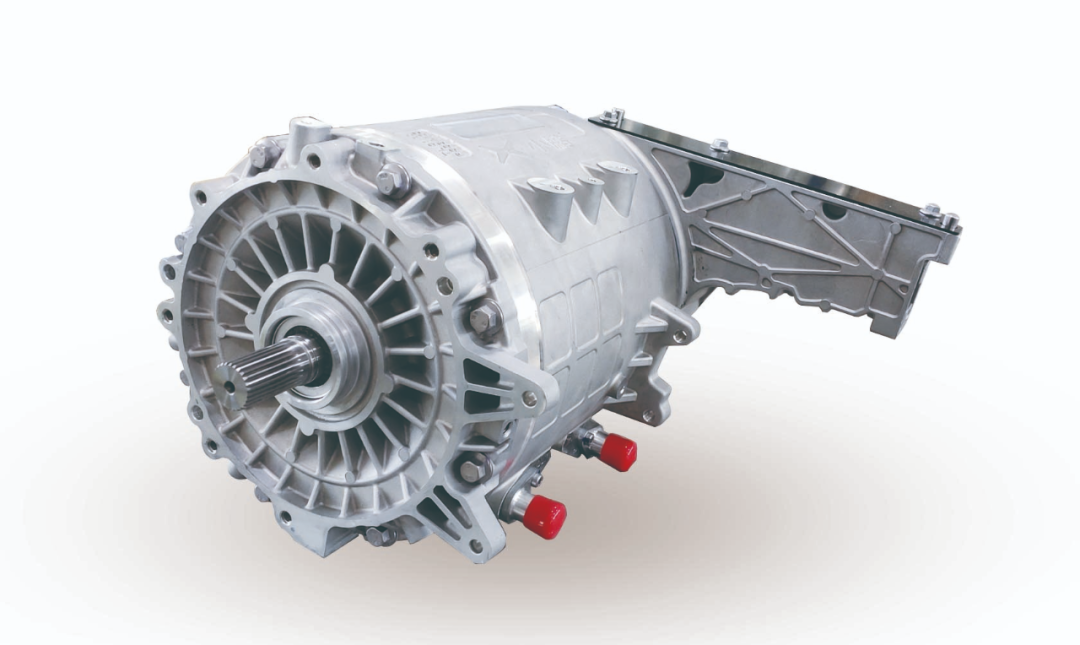
Unlike the engine of a traditional fuel vehicle, which converts chemical energy into mechanical energy, the driving motor has a higher working efficiency, which can reach more than 85%.
Therefore, compared with traditional vehicles, electric vehicles have a higher energy utilization rate and reduce the waste of resources.
The high-voltage distribution box is a power distribution device for the high-voltage electricity of the vehicle, similar to the electrical fuse box in the low-voltage circuit system.
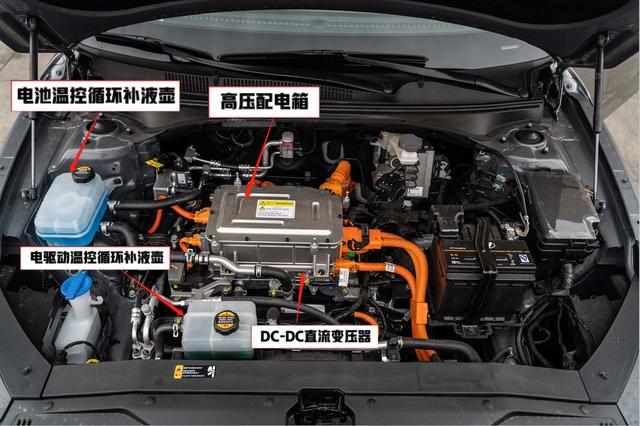
The interior of the high-voltage distribution box is composed of many high-voltage relays and high-voltage fuses, as well as related chips, so that signal communication between related modules can be realized to ensure the safety of high-voltage power consumption of the vehicle.
OBC is a device that converts alternating current from the grid to direct current to charge the power battery.
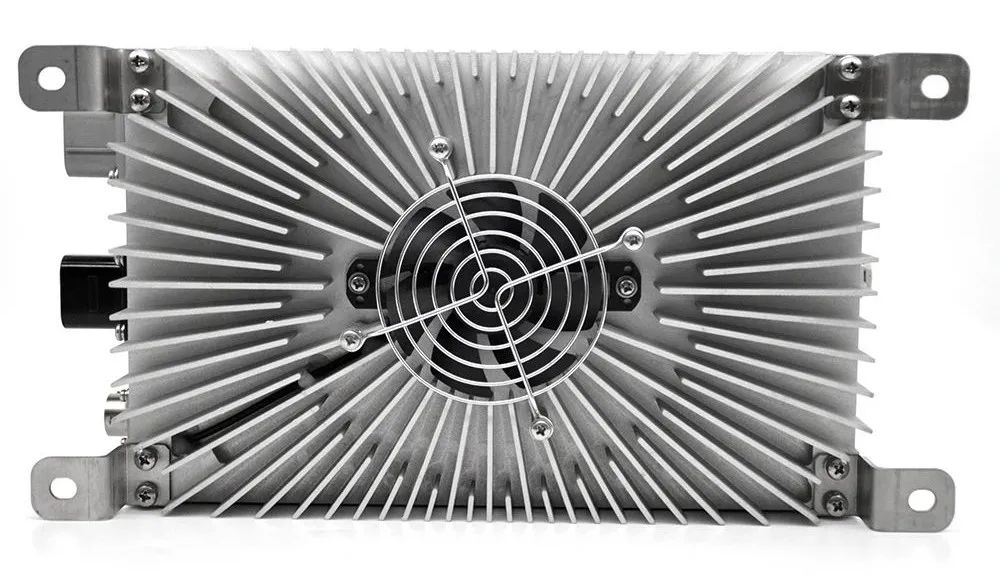
Because the battery pack is a high-voltage DC power supply, when charging with AC power, the AC power cannot be directly stored by the battery pack.
Therefore, an on-board charger is needed to convert AC power into high-voltage DC power to charge the power battery.
In electric vehicles, the DC/DC converter is a device that converts high-voltage direct current from the battery pack into low-voltage direct current.
Because there is no engine on an electric vehicle, the source of electricity for the vehicle is no longer a generator and a storage battery, but a power battery and a storage battery.
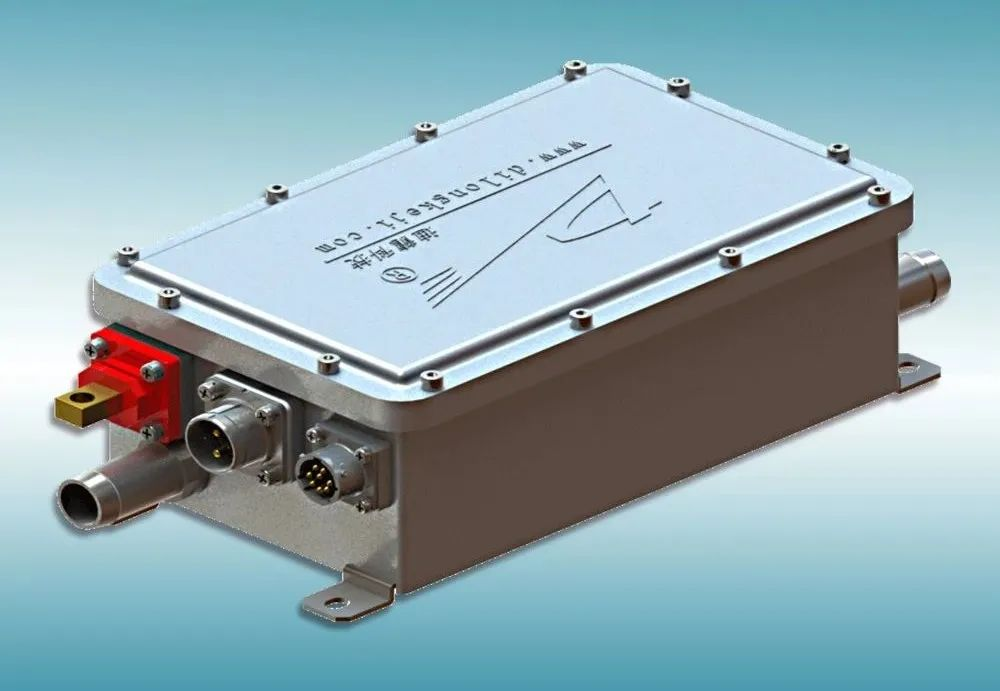
Since the rated voltage of the electrical appliances of the vehicle is low voltage, a DC/DC device is required to convert high-voltage direct current into low-voltage direct current, so as to maintain the balance of vehicle power consumption.
Affected by the space layout of the vehicle, many electric vehicles combine two components, OBC and DC/DC, or combine OBC, DC/DC and PDU into one component.
Its function is actually a combination of the functions of OBC, DC/DC and PDU. The integration can fully reduce the occupied space and wiring harness.
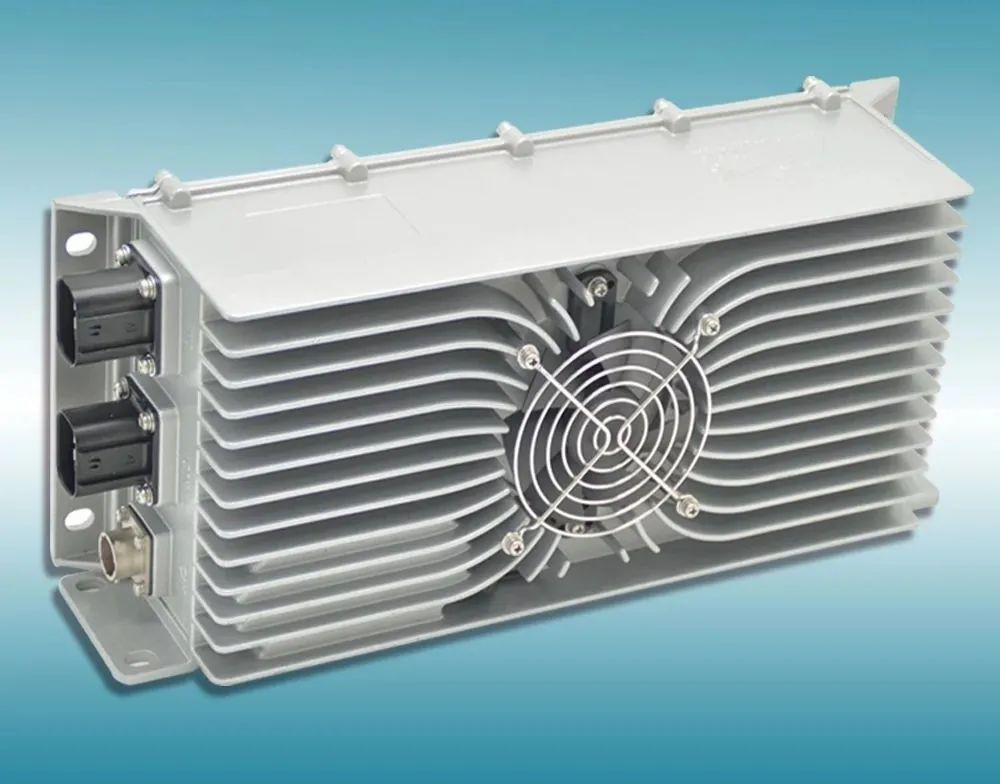
The core products produced and supplied by Dilong New Energy are on-board chargers, on-board DC/DC converters and on-board integrated all-in-one machines, which are collectively referred to as on-board power supplies. Since entering the field of new energy vehicles in 2008, Dilong has been focusing on providing power assembly solutions for electric vehicles. Its main technologies focus on on-board chargers, DC/DC converters, and on-board integrated all-in-one machines.

The company has independent intellectual property rights of the core technology of vehicle power supply, and has accumulated rich experience in R&D and production in the field of vehicle power supply and high-power charging.
And it has industry-leading R&D innovation capabilities and engineering manufacturing capabilities, and its product quality and technical level are in the forefront of the industry. The car power supply produced by Dilong has been equipped with many mainstream models at home and abroad, and is a leading brand in the field of car power supply.
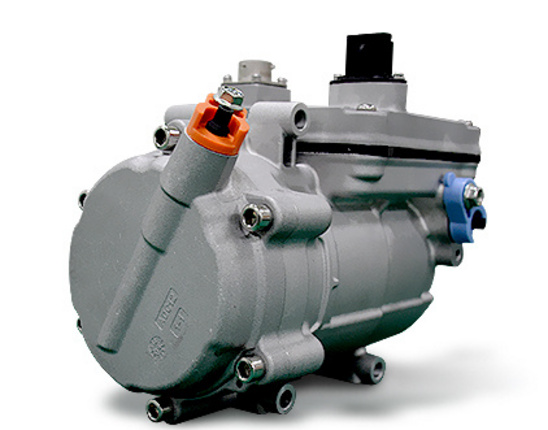
At present, more than 400 OEMs have cooperated with customers around the world, which has fully promoted the development of my country's and the global new energy electric vehicle industry.
The compressor of a traditional car drives the engine to drive the compressor through the suction of the electromagnetic clutch of the compressor.
An electric vehicle has no engine, and its compressor is directly driven by a high-voltage power supply. In order to distinguish it from the compressor of a traditional vehicle, the air-conditioning compressor on an electric vehicle is called an electric compressor.
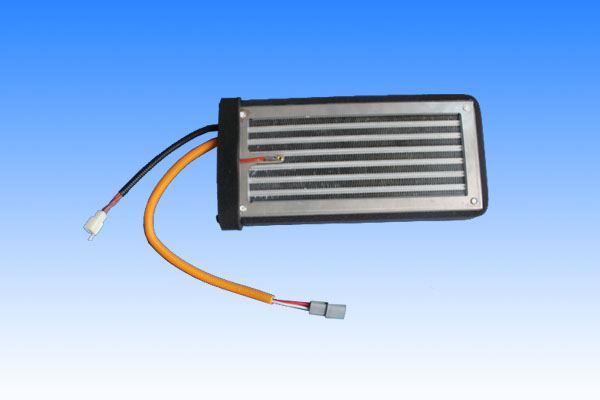
The heat source of the air conditioning and heating system on a traditional car is the heat introduced into the coolant after the engine is cooled. This does not exist in an electric car, so a special heating device is required. This device is called an air conditioner PTC.
The function of PTC is heating. When the temperature is low, the power battery needs a certain amount of heat to work normally. At this time, the battery pack PTC needs to be preheated.
The high-voltage wiring harness connects various components on the high-voltage system and is the medium for high-voltage power transmission.
